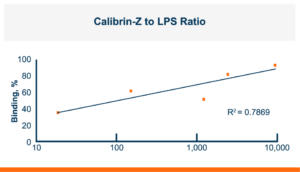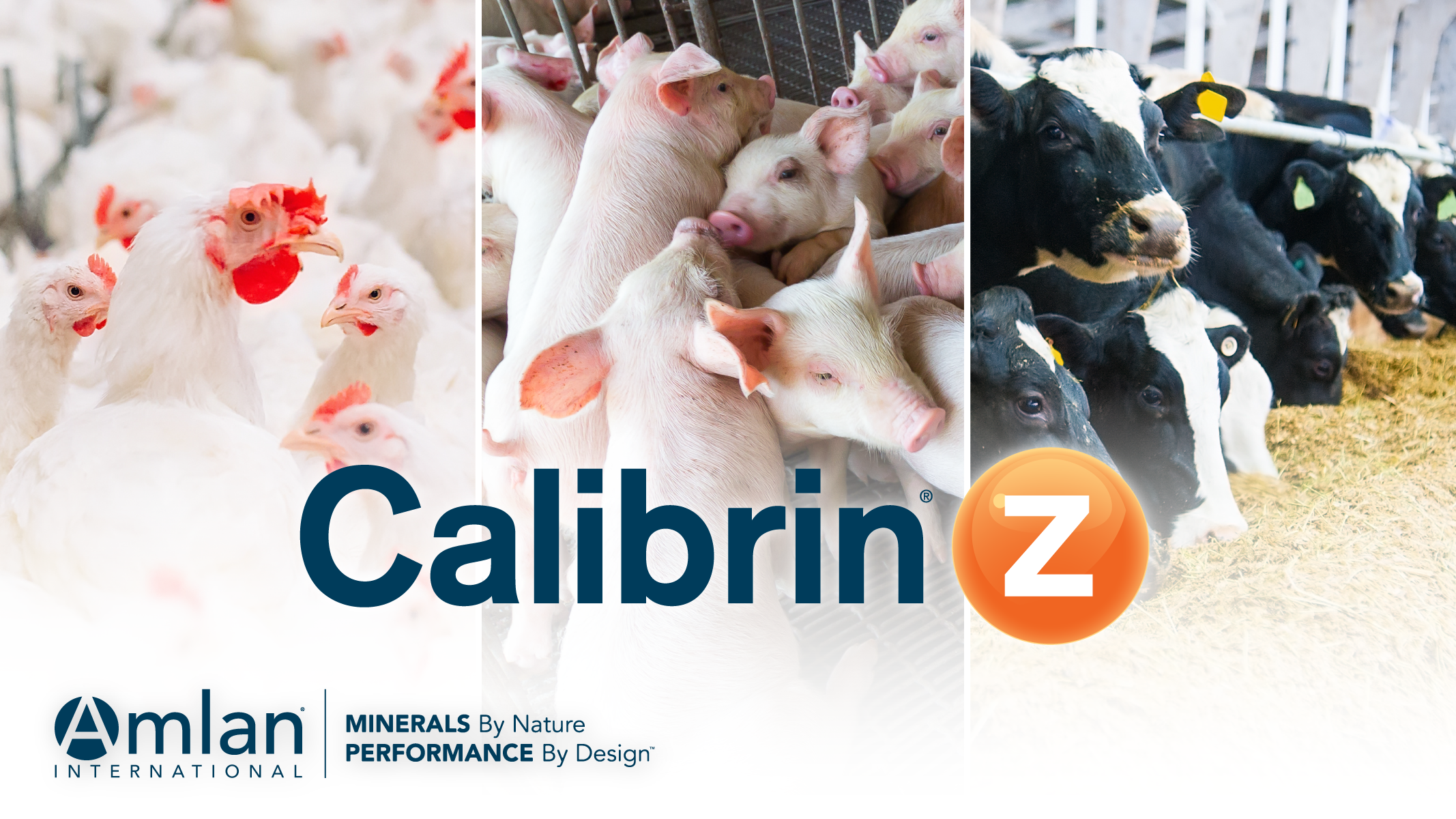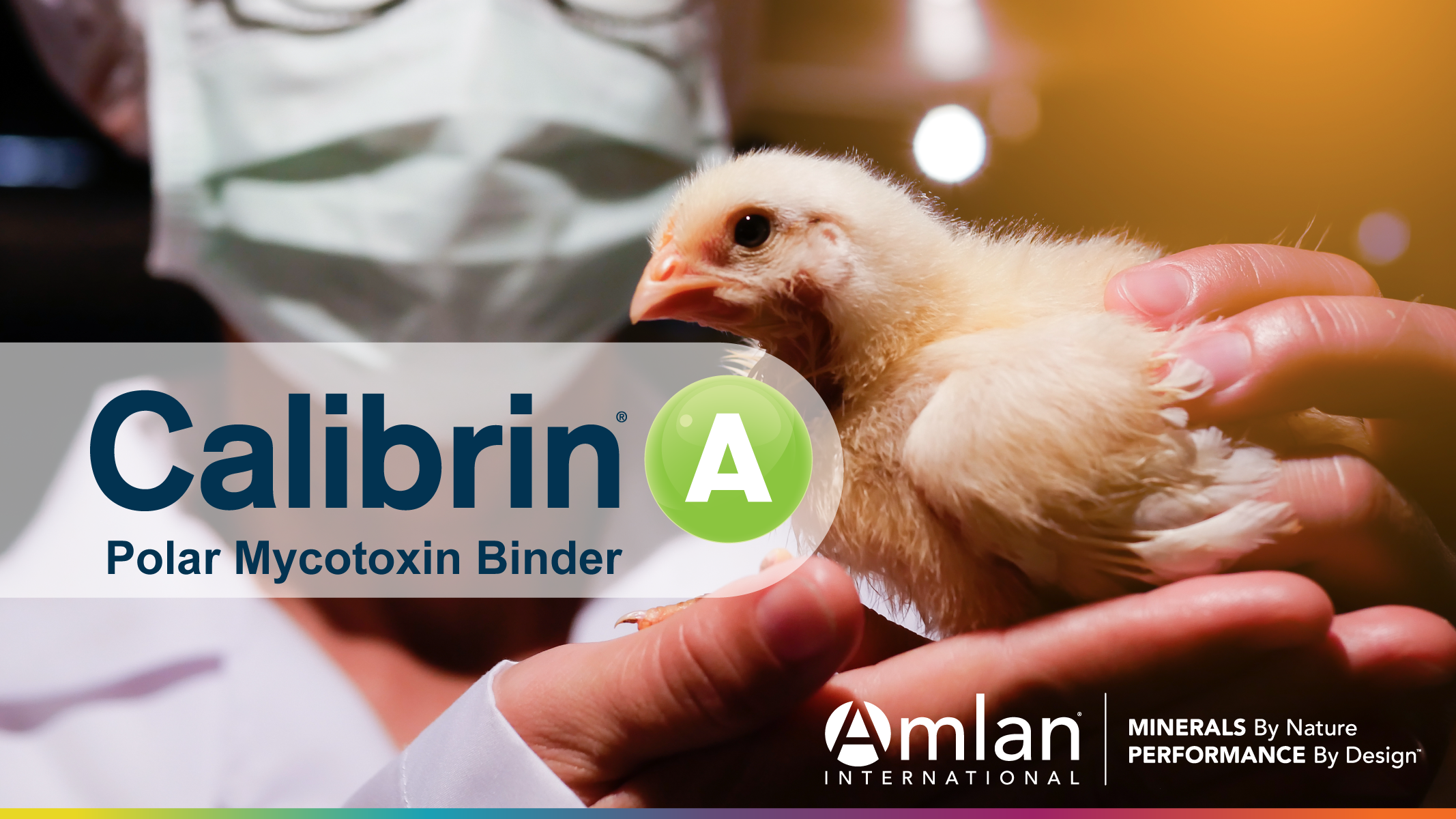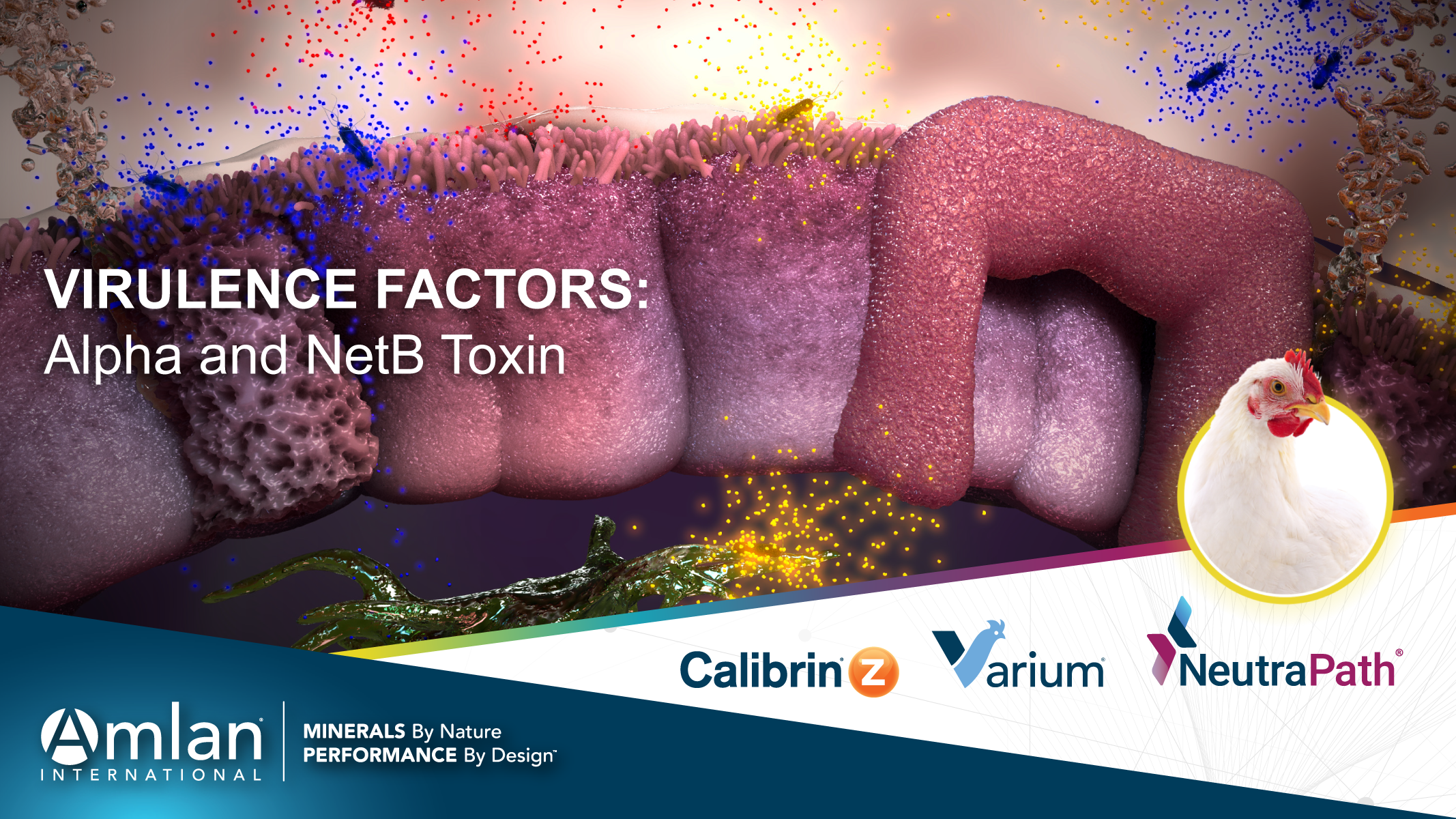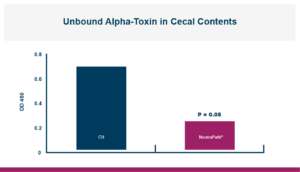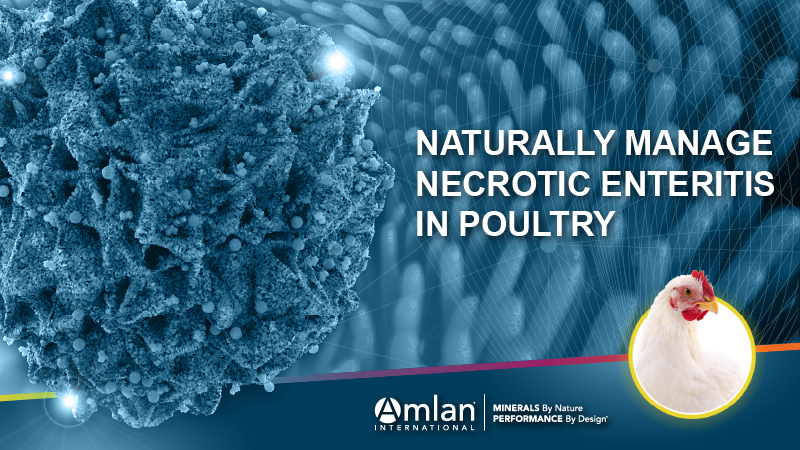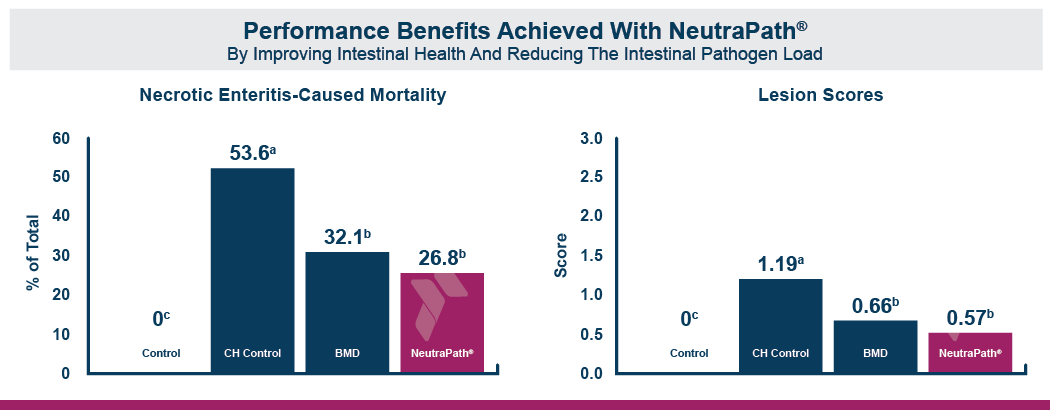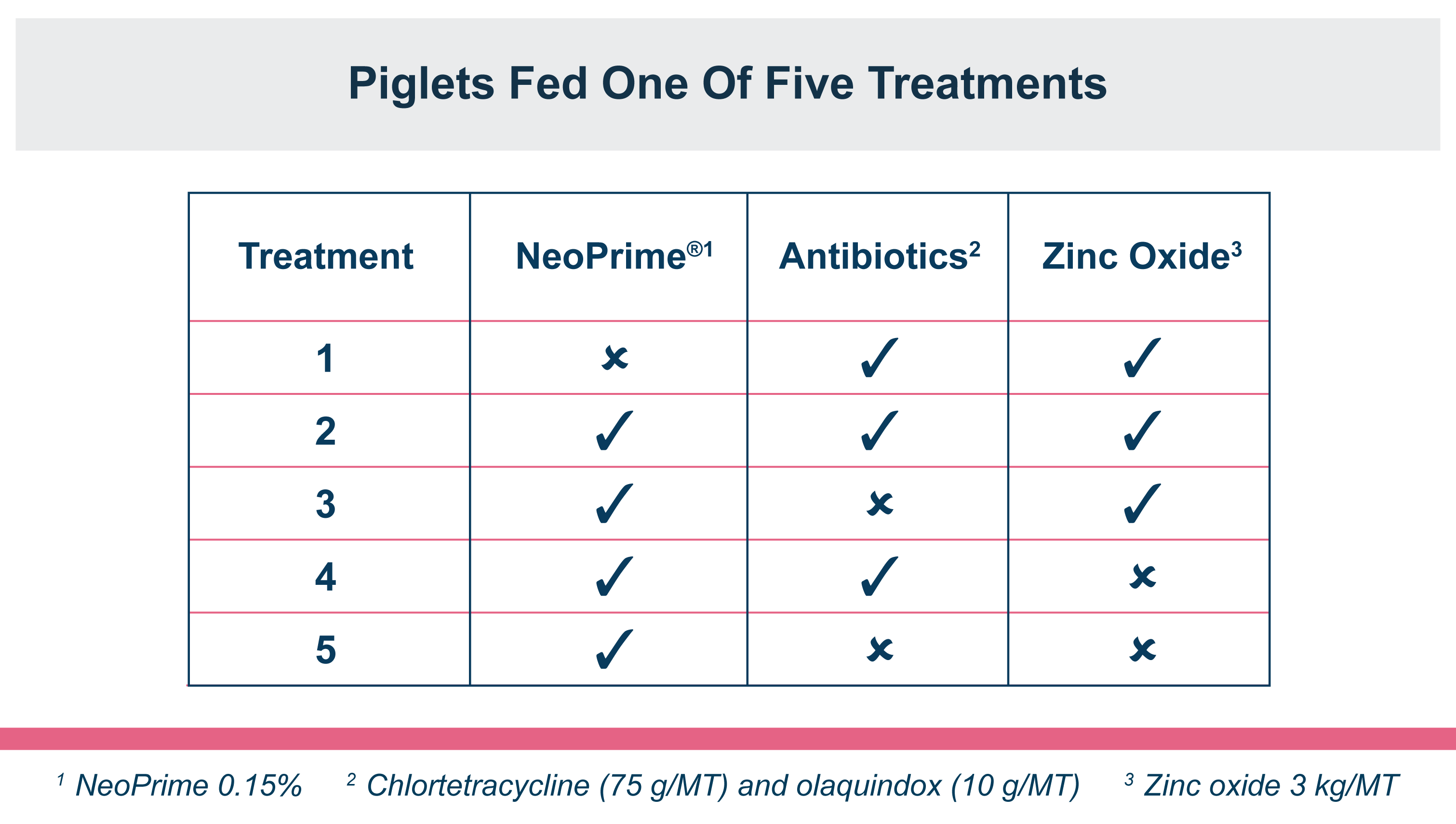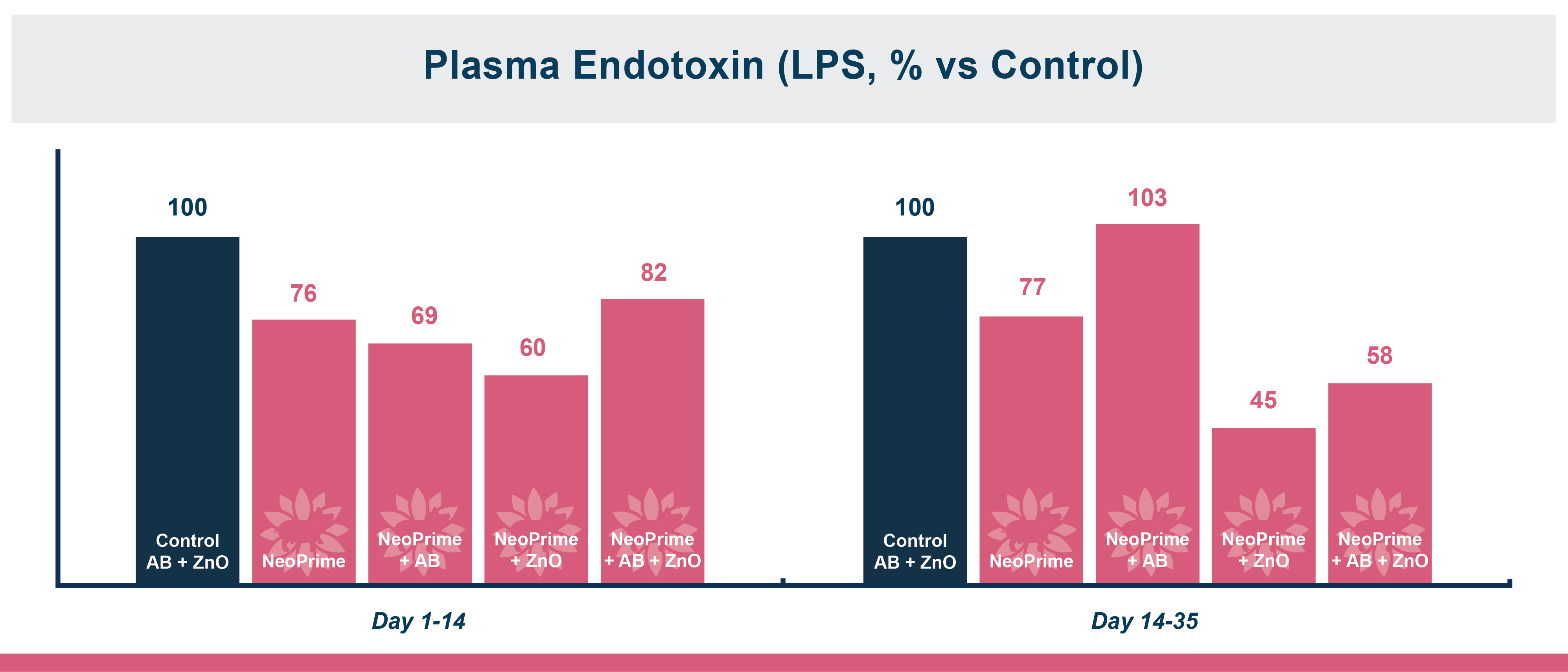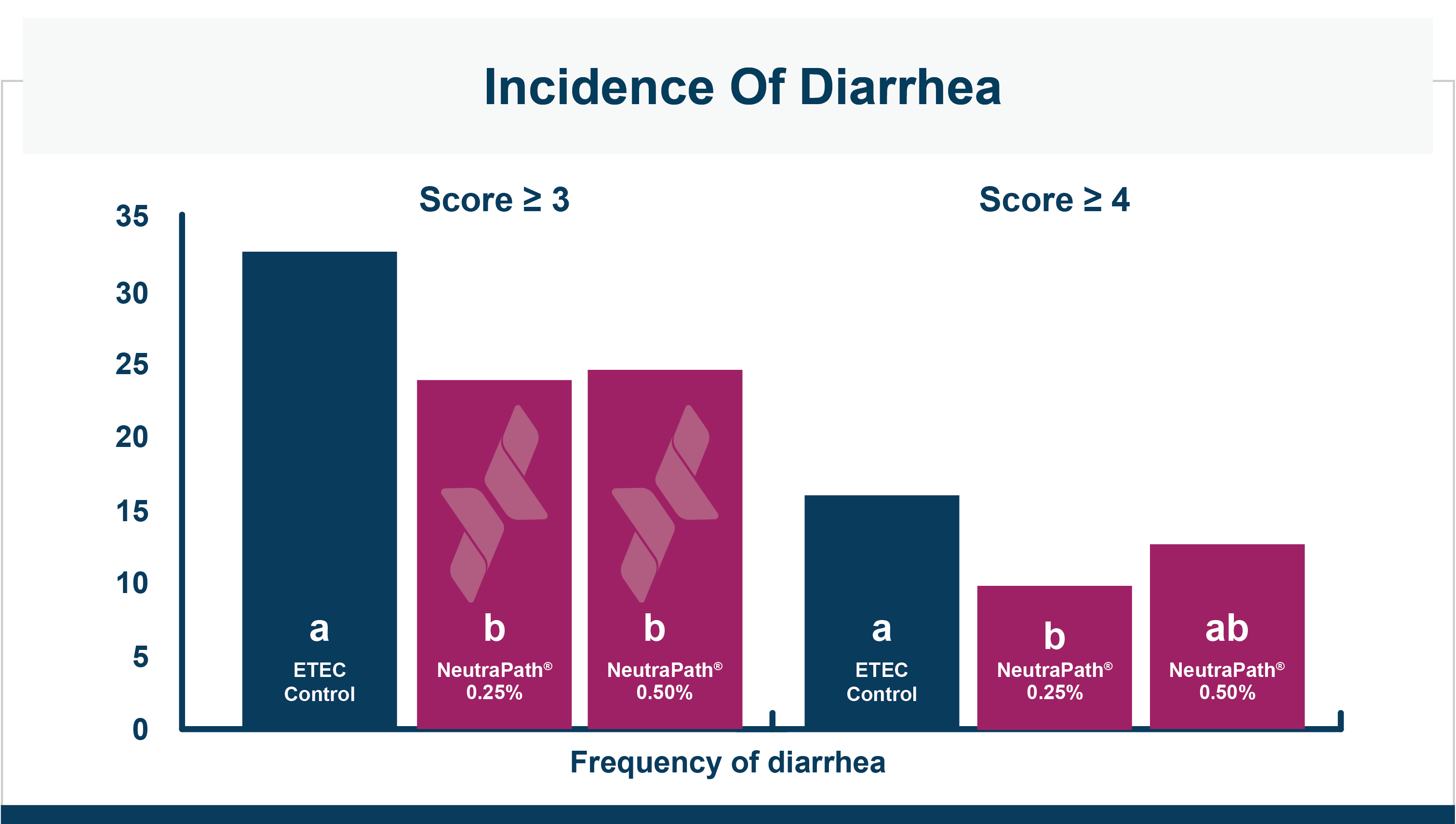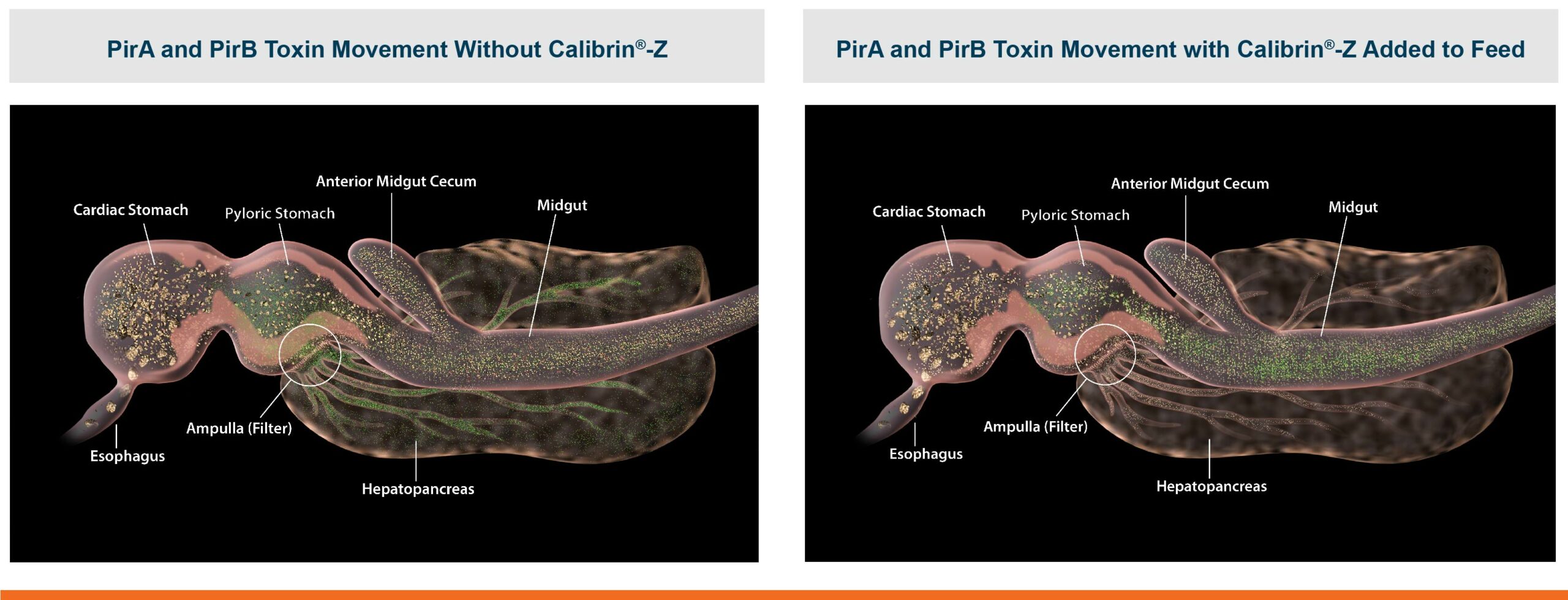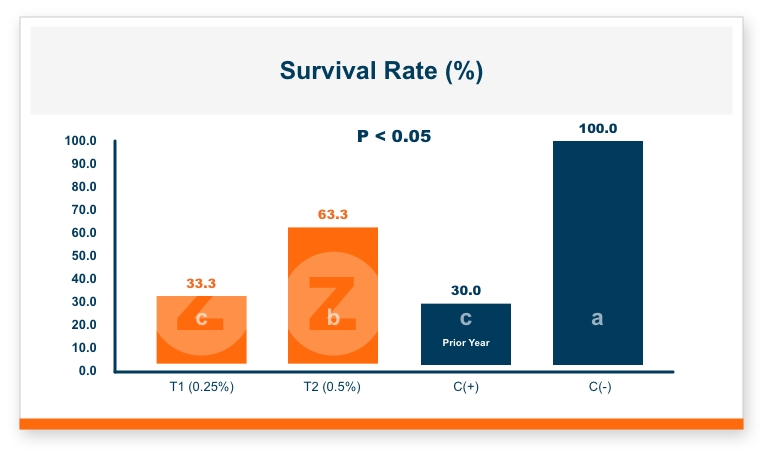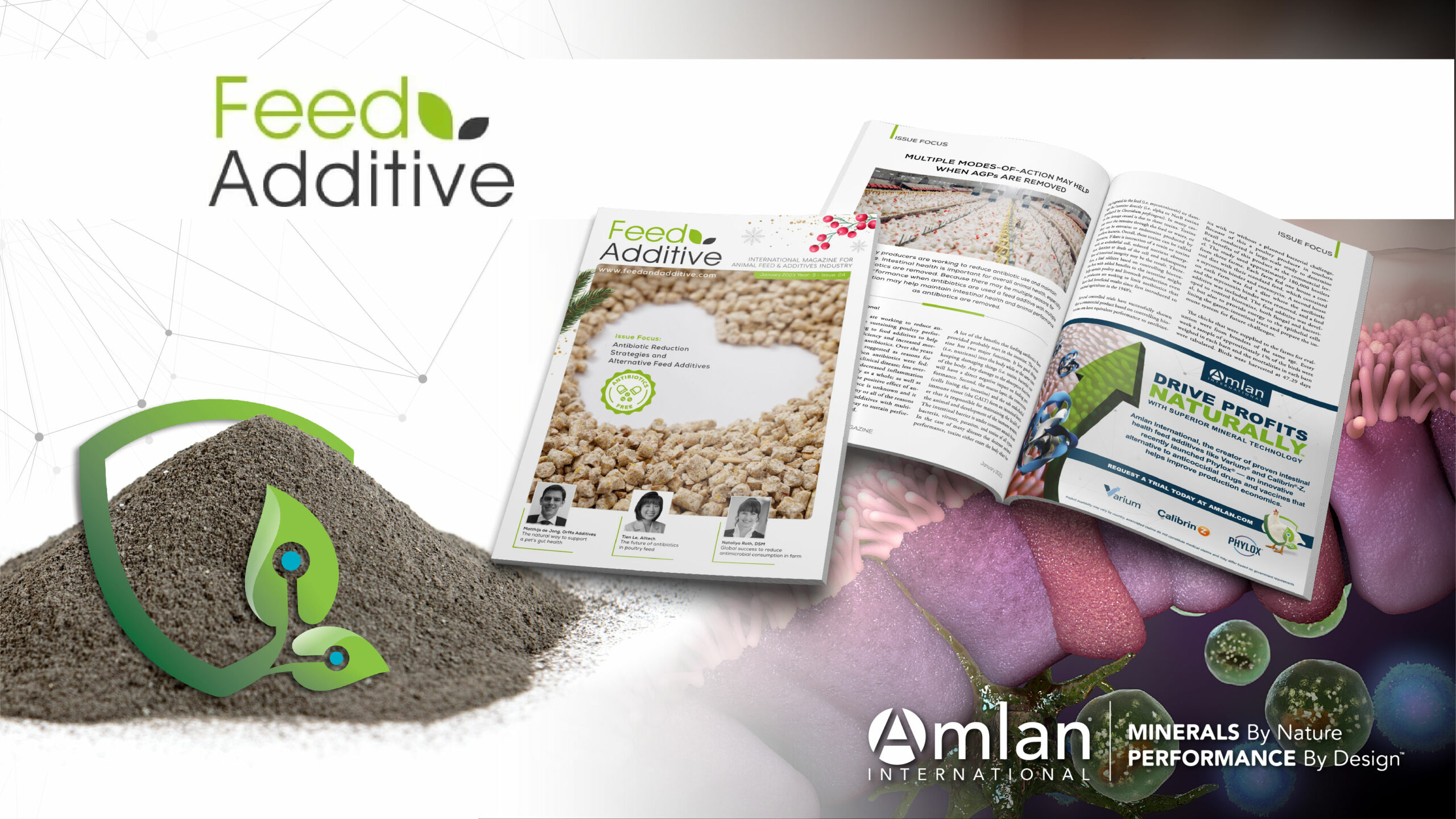Young animals (e.g., ducklings and broiler chicks) are particularly susceptible to the harmful and production-limiting effects of aflatoxins. Therefore, it’s important for producers to have preventative tactics in place to reduce the risk of aflatoxicosis in their flock. Peer-reviewed studies have shown that an all-natural mineral-based feed additive, Calibrin®-A (available in select international markets), can help ameliorate the effects of aflatoxin on ducklings and broiler chicks when fed from hatch.
Biochemical and Biological Aflatoxin Effects
Aflatoxins are produced by the fungi Aspergillus flavus and A. parasiticus. Multiple metabolite forms are produced by Aspergillus, including B1, B2, G1 and G2, with aflatoxin B1 (AFB1) the most common and potent cause of aflatoxicosis. In the right environment, typically hot and humid conditions, aflatoxins can be produced in Aspergillus-contaminated feed.
Subclinical cases of aflatoxicosis generally cause reduced weight gain and productivity, while more severe cases can cause liver damage, immunosuppressive effects, gastrointestinal dysfunction and mortality. Various biological and biochemical parameters can be measured to determine the effects aflatoxin has on the body, including growth performance, intestinal morphology, serum biochemistry and oxidative stress.
A Natural Aflatoxin Binder
These same biological and biochemical parameters can also be used to assess the efficacy of feed additives, like all-natural Calibrin-A, in protecting animals against the harmful and profit-limiting effect of aflatoxins. Calibrin-A rapidly adsorbs polar mycotoxins like aflatoxin, ergotamine and ergovaline, due to a combination of its natural properties and Amlan’s proprietary thermal processing technique. By binding aflatoxin in the gut, Calibrin-A prevents aflatoxin from being absorbed into the bloodstream and exerting its toxic effects.
The effectiveness of Calibrin-A in protecting young birds, and therefore producers’ profits, has been reported in a number of peer-reviewed journal articles and scientific conference presentations, three of which are described below.
Calibrin-A Alleviates Aflatoxin Effects in Ducklings
Two papers, one published in the Journal of Applied Poultry Research and the other in Poultry Science, reported the biological and biochemical effects of aflatoxin (AFB1, from naturally contaminated corn) on ducklings from 1 to 21 days of age. The first report looked at four diets (with and without aflatoxin, with and without Calibrin-A) and the effects of these diets on hematology and serum biochemistry.1 To look at the effects of aflatoxin on growth performance and liver and intestinal health, the second report used the results from the first study, as well as four additional treatments that used two lower concentrations of aflatoxin (eight treatments total, Table 1). 2
Table 1: Aflatoxin concentration of “clean” and naturally contaminated corn-based diets fed to ducklings with or without Calibrin-A.
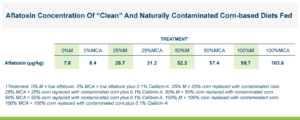
Two control diets containing “clean” corn, with and without 0.1% Calibrin-A, were used in the experiment to determine if Calibrin-A had any negative effects on growth performance. The control diets did have detectable levels of aflatoxin; however, they were considered “clean” because these concentrations were below the tolerable level of aflatoxin contamination (20 ug/kg) set by some regulators. Despite careful ingredient selection, the control diets did have aflatoxin contamination, which demonstrates the importance of having a risk-management strategy in place to prevent mycotoxin-related health and performance issues in your flock.
Feeding 0.1% Calibrin-A in the clean diet did not change the feed conversion ratio with values of 1.59 and 1.57 for 0 and 0.1% Calibrin-A, respectively.1 This indicates that adding Calibrin-A to the ration did not interfere with the digestibility and utilization of nutrients needed for normal growth.1
The high aflatoxin diet had lower average daily gain (ADG) compared to the Calibrin-A clean diet and greater mortality compared to negative control clean diet.2 Increasing the amount of contaminated corn had a linear, quadratic or both effect on reducing ADG and increasing mortality. However, Calibrin-A decreased mortality irrespective of the contaminated-corn concentration, and the variability in growth that significantly increased at the 50 and 100% aflatoxin level in the second report was also alleviated by the addition of Calibrin-A.2
As expected, aflatoxin caused intestinal damage, indicated by the decrease in the villus-crypt ratio as aflatoxin concentration increased in the diet.2 It’s likely this caused interference with digestion and absorption of nutrients and contributed to the decreased average daily gain and bodyweight in ducklings fed the highest concentration of aflatoxin compared to the Calibrin-A control.1 Calibrin-A had a positive effect in the intestine by improving villus height and villus-crypt ratio in the duodenum and jejunum versus diets with no Calibrin-A.2
Analysis of liver enzymes indicated that serious liver damage also occurred in the high aflatoxin group. Creatine kinase, alanine transaminase and aspartate transaminase significantly decreased and alkaline phosphatase activity increased compared to the negative control clean diet, but the addition of Calibrin-A to the high aflatoxin diet neutralized these effects.1 All serum metabolites measured decreased in the high aflatoxin diet compared to clean diet; however, Calibrin-A improved serum metabolite concentrations.1
In the high aflatoxin group compared to the negative control clean diet, hepatoxicity was indicated by significantly decreased antioxidant defense systems — serum superoxide dismutase activity and serum and liver glutathione peroxidase activities — but they were improved with the addition of Calibrin-A to the diet.1 Serum and liver malondialdehyde concentration (an oxidative stress and liver damage marker) was also increased in the high aflatoxin group compared to the clean control, but Calibrin-A was able to prevent the increase.1
In these studies, feeding 0.1% Calibrin-A alleviated the aflatoxin-induced effects of reduced growth performance, increased mortality, liver damage, increased oxidative stress and impaired intestinal morphology of ducklings.
Calibrin-A Improves Aflatoxin-Challenged Broiler Performance
In a 21-day study at the University of Missouri, 320 day-old male broiler chicks (eight treatments, with eight replicate pens of five chicks per treatment) were fed diets with and without various concentrations of aflatoxin and Calibrin-A in the diet (Table 2).3
Table 2: Broiler chicks were assigned to one of eight treatments, with or without aflatoxin and with or without Calibrin-A.
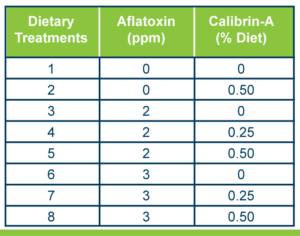
Broilers challenged with aflatoxin (2 or 3 ppm) and fed either 0.25 or 0.5% Calibrin-A, had significantly greater body weight gain and feed intake compared to the aflatoxin-challenged controls (2 or 3 ppm aflatoxin; P < 0.05; Figure 1). At 2 ppm aflatoxin, both Calibrin-A concentrations also significantly reduced relative liver weight compared to the 2 ppm aflatoxin control (P < 0.05). No other groups were significantly different, although at 3 ppm aflatoxin, both Calibrin-A groups were numerically lower than the aflatoxin control (Figure 2).
This study confirmed that the addition of 0.5% Calibrin-A to the ration did not negatively affect broiler performance. Feed intake, body weight gain and feed conversion were not different between the negative control and 0.5% Calibrin-A, and neither were serum albumin, globulin, total protein, calcium or glucose concentrations.

Figure 1: Calibrin-A included at 0.25 and 0.5% had significantly greater body weight gain and feed intake compared to the mycotoxin control fed at either 2 ppm or 3 ppm (P < 0.05).

Figure 2: At 2 ppm aflatoxin, both Calibrin-A concentrations significantly reduced relative liver weight compared to the positive control (P < 0.05).
These studies show that Calibrin-A is a safe and effective solution for managing the toxic effects of aflatoxin in ducklings and broiler chicks — without interfering with nutrient utilization required for normal growth. For more details about these studies or to learn more about Calibrin-A, contact your local Amlan sales representative.
References
- Li, Y, Liu YH, Yang ZB, Wan XL and Chi F. The efficiency of clay enterosorbent to ameliorate the toxicity of aflatoxin B1 from contaminated corn (Zea mays) on hematology, serum biochemistry, and oxidative stress in ducklings. J Appl Poult Res. 2012; 21:806–815.
- Wan, XL, Yang ZB, Yang WR, Jiang SZ, Zhang GG, Johnston SL and Chi F. Toxicity of increasing aflatoxin B1 concentrations from contaminated corn with or without clay adsorbent supplementation in ducklings. Poult Sci. 2013; 92:1244–1253.
- Ledoux DR, Rottinghaus GE, Bermudez, AJ and Broomhead, J. Efficacy of the adsorbent Calibrin-A in ameliorating the toxic effects of aflatoxin in broiler chicks. Presented at International Poultry Scientific Forum, Atlanta, GA.
